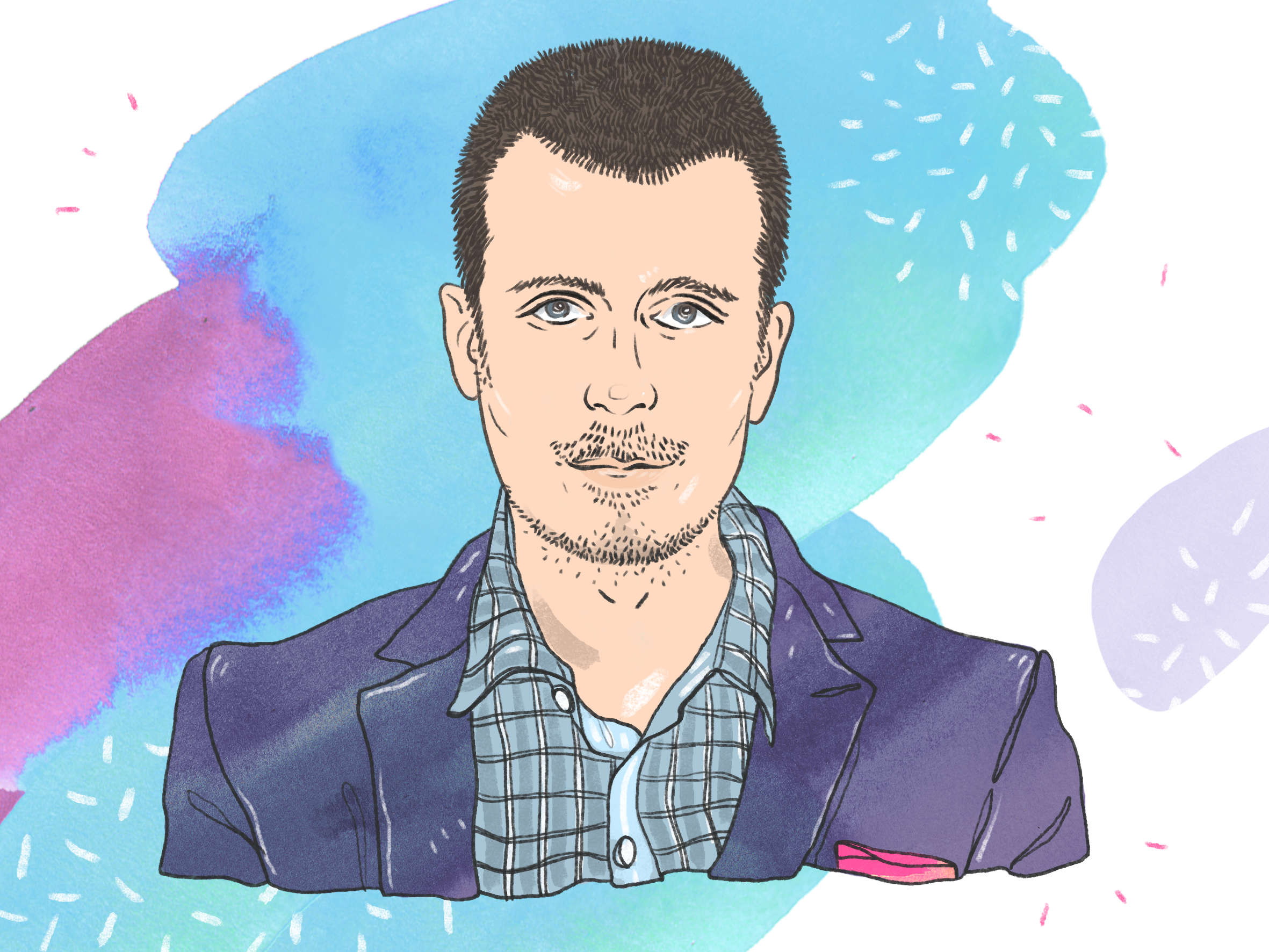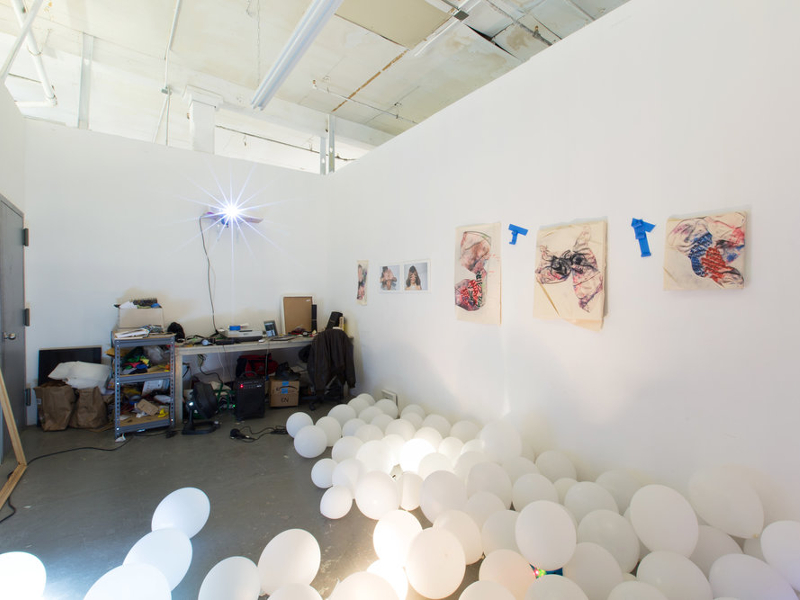
Rethinking Urban Creativity: Several Lessons from International Experts at the National Cultural Forum of Moldova of 4-5 May in Chisinau
‘Creativity became a progressive and a competitive resource not just for the business sector, but also for local authorities, becoming an important objective in regional development policies. The first target of these policies is the city. In this context, the hubs and the clusters play an important role’, Michal Hladky, Director of Creative Industries Kosice, Slovakia mentioned. Like his colleague from Slovenia, Luka Piskoric, the expert argues that ‘supporting and cooperating with hubs and clusters has direct impact on the local culture and economy’. To be more precise – ‘a cluster has the benefit of being more dynamic and creates a business environment, stimulating thus the concentration of certain skills and experience. In addition, it is an enabling environment for innovations and for their distribution through informal socialization and interaction with the local actors.’
Interaction and Communication – How and with Whom?
The British expert, Lia Ghilardi, who led a workshop on ‘Mapping cultural and creative potential in the city’ thinks that interactive socialization, networking and a common approach are important and make things go better. She emphasizes that: ‘We do not build the city just for politicians or visitors. The Ministry of Culture has the key – the ministers rarely talk to the planning department and to other departments, subdivisions, organisations and institutions. Thus, it appears that the authorities are afraid to taking risks’. She concludes that ‘the decision makers, the visionaries and the creators at local level are those who must communicate with each other. Only such a degree of openness and diversity can be included in the global concept of a creative city.’
Creative City Development Strategy
‘We must rethink the economic activities and create new and interactive ones. They come from the creative and cultural sector and lead to innovations.’ This is the opinion of Philippe Kern, international expert, who tried to explain, during his workshop, how art and culture in cities and regions lead to local socio-economic development. In his opinion ‘importance should be given to the resources of the city, starting with the development of culture and of the creative industry as a whole, and ending with cultural monuments, artistic environment, cultural institutions and their representatives.’ She also pointed out that: ‘Culture is a part of the economy of the European Union. Thus, the EU statistics show that more than EUR 50 million were invested in cultural projects so far, and 17 agencies came up with strategies in the area of culture and creativity. We can confirm thus that the interest in this field is increasing.’
Cristina Farinha, international expert from Portugal, concluded by presenting the results of the Local Study Regarding Creative Industries in the Republic of Moldova. She mentioned that progresses were registered in fields like design, fashion, cinema, and co-producing. Progresses were also achieved in national financing programs, in focusing on resources, investments in the development of audience and mindset, in attracting the audience, in creating and supporting creative and business hubs. Therefore, the concrete data about where are the creative ideas and talents must be consistent with the concept of dialogue and cooperation. She emphasised that ‘It is important for different determinant factors to communicate, since we have ideas, people, but zero donations to culture. Thus, both central and local authorities have their role to play, in terms of collaboration and communication, to support and build thus creative cities.’




